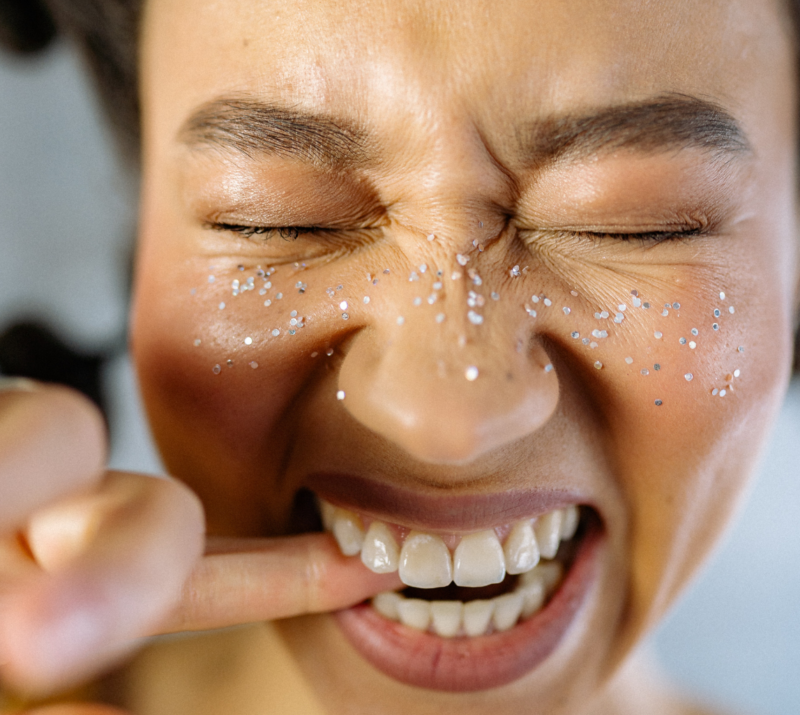Evaluate the seboregulatory performance of your active ingredient
Acne vulgaris, one of the most common skin disorders, is a long-term disease that affects the oil glands present in the skin. The primary factor for acne is the excessive production of sebum, an oily waxy substance which accumulates within the sebaceous glands, resulting in inflammation.
The application of cosmetic ingredients that can reduce and/or control sebum production appears to be a popular approach to address this problem. Therefore, the availability of reliable methods to assess the seboregulatory functions of active ingredients becomes imperative.
SeboGEN is a panel of innovative and reliable in vitro tests that assess the ability of your active ingredient to regulate sebum production in primary sebocytes

SeboGEN methods
Culturing of primary sebocytes
Overcoming the challenges in culturing primary sebocytes such a slow proliferation and senescence, we have now optimized a specific culture protocol to grow primary sebocytes.
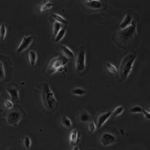
CK7 (Cytokeratin 7) – an early sebaceous differentiation marker – is used to validate the differential status of the cultured sebocytes through FACS
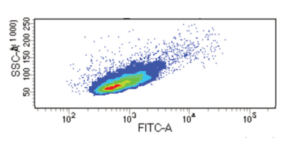
Functional tests to analyse sebum reduction
- Modulation/ Reduction of sebocyte proliferation
The effect of the active ingredient in controling the balance between proliferation and differentiation of primary sebocytes is examined through a colorimetric assay.
- Reduction of intracellular lipids
The effect of the active ingredient in reducing the accumulation of intracellular lipids is visually quantified using any of the below options:
- AdipoRedTM reagent which specifically partitions into fat droplets
- Perilipin immunofluorescent marker that coats the surface of lipid droplets
- Nile red lipophilic staining
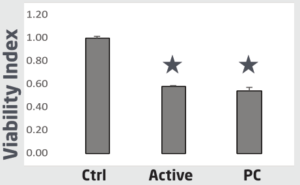
Genomic and epigenetic pathway analysis (Key genes & miRNAs)
The key genes and the miRNAs involved in the regulation of sebum production are examined through Reverse Transcriptase- Quantitative PCR. The gene & miRNA expression profile of cells treated with Dorsomorphin, a strong inhibitor of lipid synthesis, is indicated.
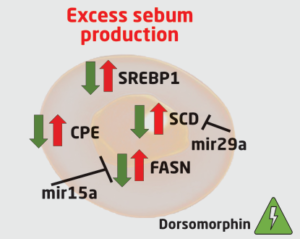
Optimized process that guarantees fast and accurate results in as less as 2 months.
A combination of complementary functional and genomic tests that highlight the seboregulatory activity of the active ingredient.
Application of scientific techniques that address the current needs to develop ingredients for fighting acne.





